For the past year, as visitors enter the Arlene and Harold Schnitzer Sculpture Court of the Portland Art Museum, they are greeted by Richard Gordon Bowen’s massive, awe-producing photograph of the Mount St. Helens eruption in May of 1980. The IMAX-sized image is the lead-in to dozens of paintings, photographs, and sculptures that were inspired by that mountain, both before and after the deadliest volcanic event in American history. From pre-contact Native American objects to contemporary art, the show traces the mountain’s changing image and significance for local peoples.
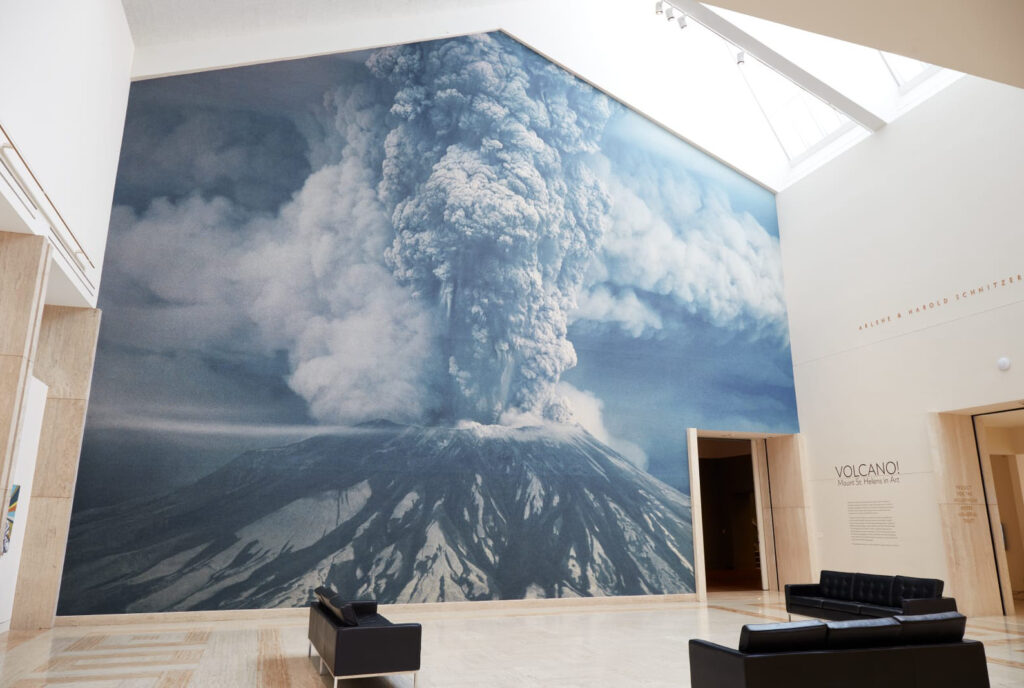
In the same Court space as the photo mural, we see Native American pieces made from the basalt and obsidian of the volcano, which has erupted several times since the first indigenous peoples settled the Northwest nearly 12,000 years ago. Notable anthropomorphic figurines from pre-contact Columbia River artists as well as bowls depicting local animals like rattlesnakes, condors, and bighorn sheep whet the visitor’s appetite.
The first known visual depictions of Mount St. Helens itself were created during the 1840s by Henry Warre, a British army officer, and Paul Kane, a Canadian-Irish artist. Their pictorial records give us a first glimpse at the once-was mountain.
By the 1870s Portland’s leading artists celebrated the remarkable beauty of the nearly symmetrical cone rising from the surrounding landscape to meet the demand of collectors from around the country as well as local home-owners and businesses who wanted depictions of the American West. For example, the Oregon-born artist Grace Russel Fountain spent much of her earlier life, which included a stint as an artist for the Park service, depicting the raw grandeur of the Northwest mountain ranges. Her painting “Mount St. Helens” (1890) is a representative example of the regional response to the mountain’s charisma during the final years of the 19th century.
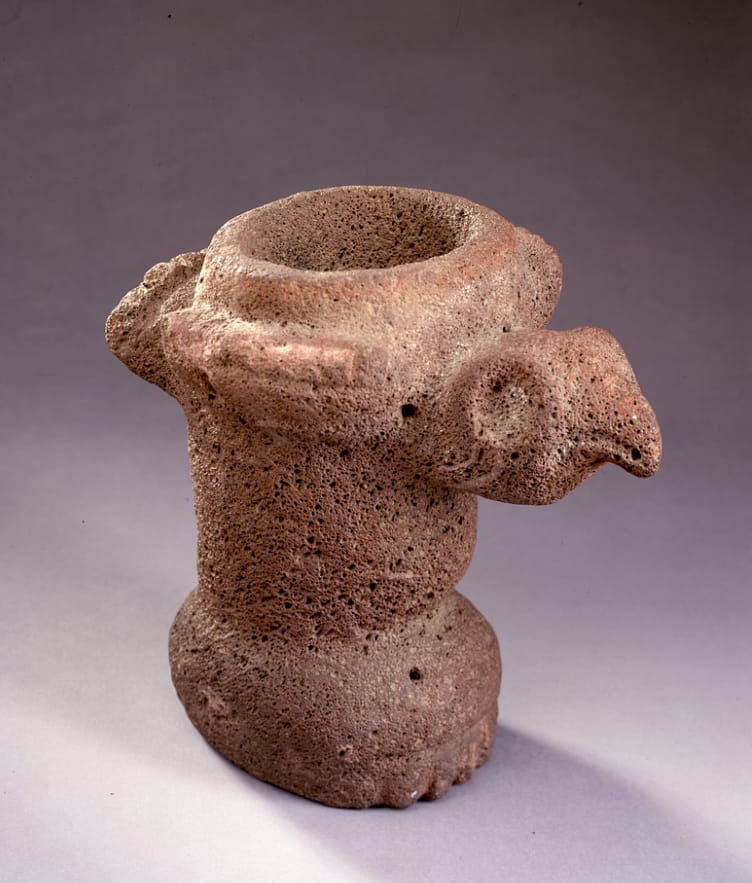
One of the highlights of pre-1980 Mount St. Helens art in the show is a modestly-sized painting (18 by 32 in) by Albert Bierstadt. Bierstadt was constantly in pursuit of “splendid scenery” for his paintings. He already had world-wide fame when he journeyed to Oregon and Washington in the autumn of 1889, and when he saw the Mount he was immediately taken by its magnificence. He made numerous sketches that he later transformed in his New York studio, adjusting —as he often did— the appearance and visual angles of the site to create “beautiful pictures.”
Then came May 1980.
Artists have long depicted volcanic eruptions because they are the most visually remarkable manifestations of nature’s breathtaking power. Yes, hurricanes, tornados, wildfires, and earthquakes can be just as destructive and can affect much larger areas, but few are as mind-boggling powerful. The Pacific Northwest artists who witnessed the eruption in 1980 were bound to express their experience.
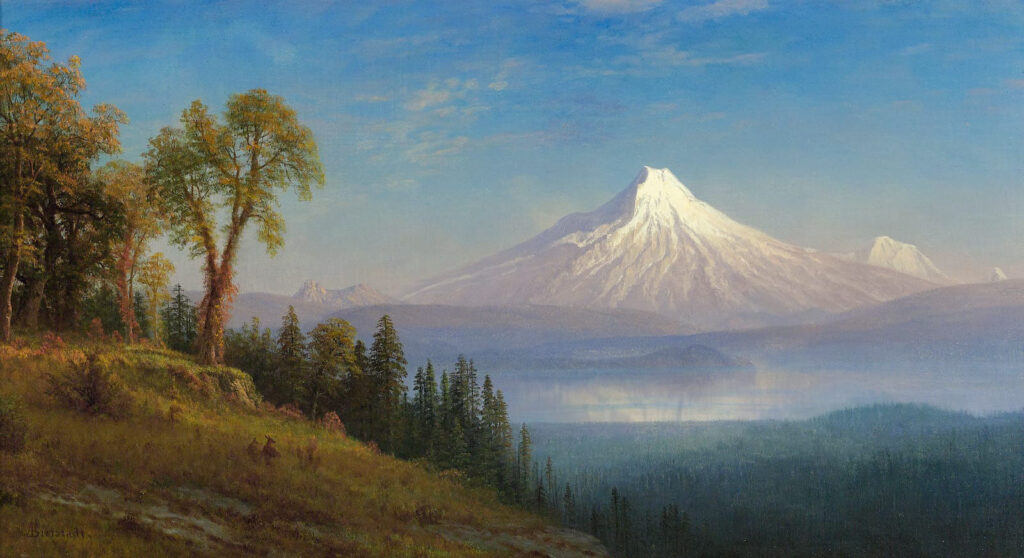
For months after the initial eruption, ash and smoke billowed from the shattered mountain. The 4 ½ by 5 ½ foot “Eruption of Saint Helens from Cable Street” by Henk Pander captures the ongoing visual wonder of the event. This particular painting was based on studies he made on July 22nd, 1980.
Portland printmaker and painter George Johanson has adopted Saint Helens in many of his works, including 1984’s “Mirrored Porch,” making the eruption a timeless symbol of the city itself.
Another Portland artist, Lucinda Parker, has also used the eruption several times, including a recently completed painting called “The Seething Saint,” imbuing her canvases with her distinctive color pallet and energy.
As soon as the smoke cleared, ceramic and glass artists gathered the abundant, silica-rich ash to use in their works. Included in the show are pieces by Portland’s Bullseye Glassworks and Paul Marioni’s “Mount St. Helens Vase,” which he blew from pure ash the day after the eruption. Other artists used the shattered trees and plant life to produce sculpture or multimedia wall pieces such as the untitled 1983 composition by Charles Arnoldi made of branches gathered from the downdraft of the eruption.
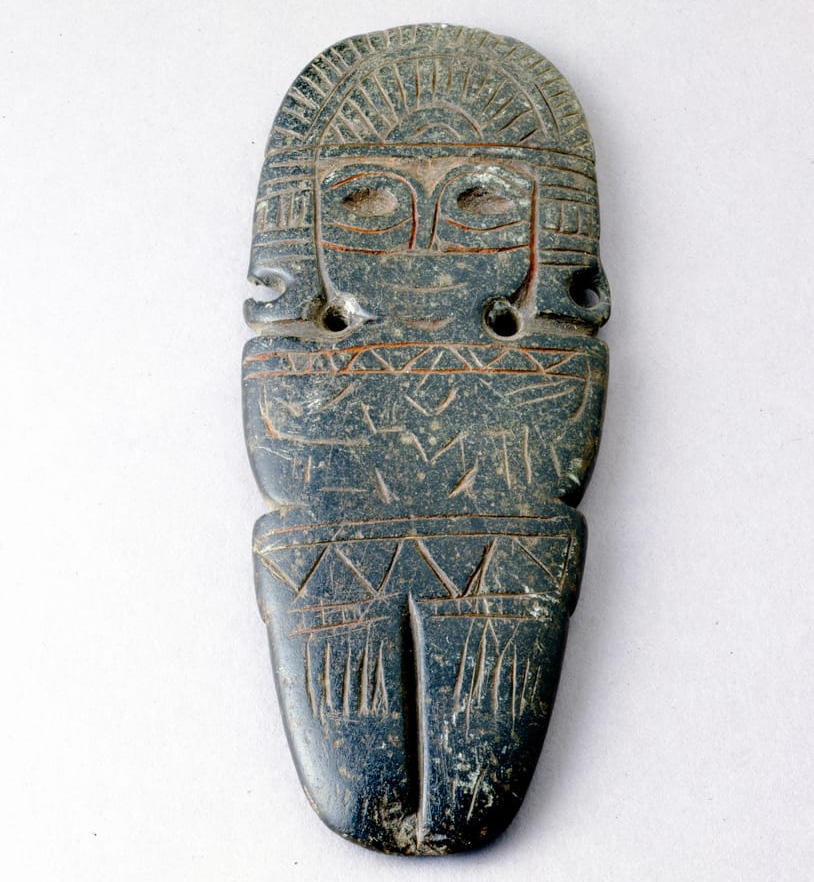
Photography also became another medium for depicting the eruption’s radical transformation of the landscape. In the final room of the show, visitors can take in the stunning images of Emmet Gowin, Frank Gohlke, Marilyn Bridges, and other local photographers, helping us in some small way to experience the savage beauty that resulted from the destruction.
VOLCANO! brings to life one of the most significant days in Pacific Northwest history, both for those who remember the eruption of 1980 and for those who know only its legacy. Putting that cataclysmic event in the context of what was before and what has happened since makes the show all the more engaging.

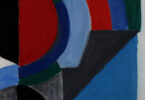
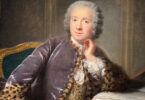
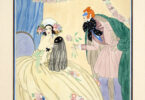
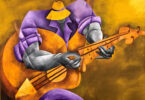
Leave a Comment